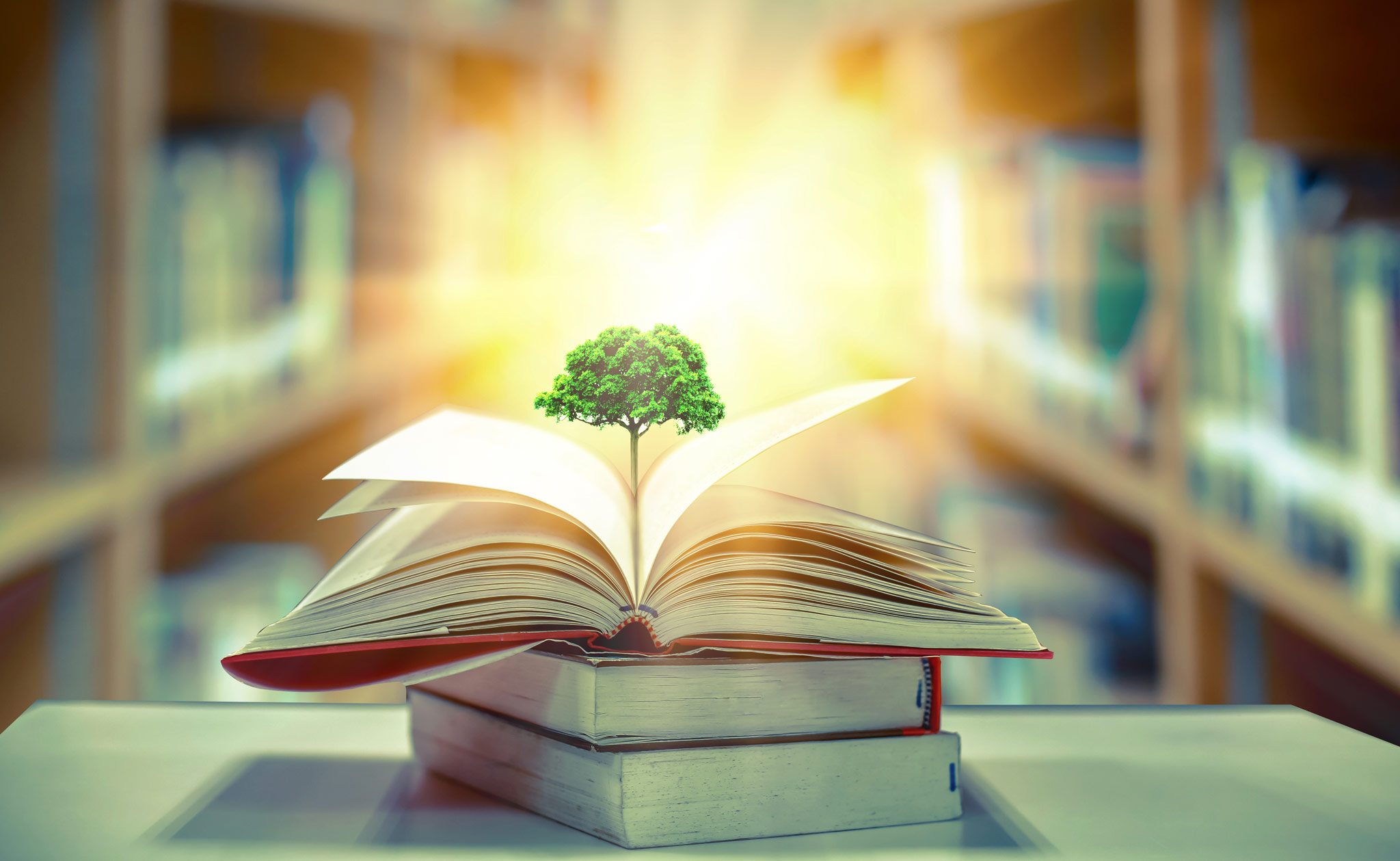A brief early history of the horticulture industry

While many would brand the horticulture industry as a big business, the reality is horticulture is more of an art and a science in producing, marketing and using high-value cultivated plants.
Comprised of annuals, perennials, edibles and ornamentals, these plants may be part of a bigger business, but their benefits to society are great – providing nutrition, beautifying our homes and the communities we live in and aiding the environment.
As we all know from our elementary history classes, Americans weren’t the first to cultivate the rich soils of what eventually became the United States. But they were the first to chronicle their efforts, providing us with a fairly detailed timeline of American horticulture.
Authors Denise Adams and Laura Burchfield (American Home Landscapes: A Design Guide to Period Garden Styles) provide incredible information to help piece together a brief history of the horticulture industry as a whole.
1622
Honeybees are introduced into America at Jamestown, Virginia.
1631
Governor John Winthrop orders seeds for his residence in the Massachusetts Bay Colony—our first documentation of such a transaction.
1641
First record of a commercial fruit nursery in the colonies, that of George Fenwick, Saybrook, Connecticut.
1728
Early American botanist John Bartram (1699–1777) plants a garden. The Bartram Garden is the oldest continuous botanic garden in the United States.
1753
Carolus Linnaeus publishes Species Plantarum, describing a new system for naming plants, binomial nomenclature, which we continue to use today.
1755
Prince Nursery is established in Flushing, New York; it is the first commercial nursery for which we have an extant catalog (1771).
1785
Arbustrum Americanum: The American Grove—the first botanical treatise by a native American (Humphry Marshall, 1722–1801) on American plants—is published in Philadelphia.
1800
Johnny Appleseed (John Chapman, 1774–1845) begins to distribute apple tree seeds in Ohio and nearby states.
1805
Grant Thorburn establishes the first American seed business in New York.
1815
The first American-bred hybrid rose, ‘Champney’s Pink Cluster’, is discovered in Charleston, South Carolina, creating much excitement among rose fanciers; its parents were Rosa chinensis and the musk rose, R. moschata.
1823
Botanist David Douglas makes his first visit to Oregon Country; two years later, William Prince, of Flushing, New York, offers Mahonia aquifolium (Oregon grape) for an astronomical twenty-five dollars in his nursery’s catalog.
1834
Elm leaf beetle arrives in North America. This pest attacks all species of elm (Ulmus), weakening the trees and making them vulnerable to disease.
1842
First production of superphosphate fertilizer in Great Britain; it is available in the United States by the 1850s.
1857
Gregor Mendel, “father of genetics,” begins his pea experiment.
1858
Frederick Law Olmsted and Calvert Vaux design New York City’s Central Park.
1859
Henry Shaw establishes the Missouri Botanical Garden.
1869
Gypsy moth accidentally introduced near Boston.
1871
First patent on an American lawn sprinkler; hose reels, nozzles, and sprinklers are widely available by 1900.
1876
W. Atlee Burpee founds his seed company in Philadelphia.
1891
New York Botanical Garden opens in the Bronx.
1893
World’s Columbian Exposition opens in Chicago. The architecture and landscaping of the White City is credited with inspiring the “City Beautiful” movement so popular throughout the eastern United States at the turn of the century.
1894
Japanese Tea Garden in San Francisco’s Golden Gate Park begins inspiring a generation to use details of Asian garden design.
1899
American Society of Landscape Architects (ASLA) is established in New York.
1900
Chestnut blight (Endothia parasitica) attacks chestnut trees in New York. By 1940, most American chestnuts (Castanea dentata) are gone.
1914–18
World War I prompts the creation of victory gardens.
1916
Japanese beetles are discovered in a New Jersey nursery; the National Park Service is established.
1922
American Horticultural Society is founded in Washington, D.C.
1928
Dutch elm disease is discovered in New England after elm bark beetles arrive in a shipment of wood from The Netherlands.
1930
J. I. Rodale establishes a publishing house that becomes a leading U.S. voice for organic gardening and healthful living.
1931
First plant patent awarded, to Henry F. Bosenberg for a climbing rose.
1932
All-America Selections award program begins.
1933
The Herb Society of America is founded in Boston.
1941–45
World War II spurs a revival of victory gardens.
1943
The pesticide DDT is widely used during and after World War II.
1958
Bacillus thuringiensis (Bt), an insecticide used to control Japanese beetle populations, becomes commercially available.
1962
Rachel Carson’s Silent Spring draws attention to the harmful effects of pesticides and pollution on wildlife and the environment.
1970
First Earth Day celebration; Nobel Peace prize is awarded to Norman Borlaug, “Father of the Green Revolution.”
1972
DDT is banned; string trimmers hit the market.
1975
Vietnam War ends; Diane Ott Whealy and Kent Whealy found the Seed Savers Exchange.
1980
First U.S. patent issued for a genetically engineered organism.
1992
AmeriFlora, the first international horticultural exposition held in the United States, closes on Columbus Day in Columbus, Ohio.
1994
First transgenetic food (the Flavr Savr tomato) is approved for sale in the United States.
Find Your Perfect Planter!
The HC Companies offers a wide variety of greenhouse, nursery, cannabis, sustainable, and retail planters and pots. Find the one that's right for your growing operation today!
Browse Products

 Find the Perfect Planter
Find the Perfect Planter